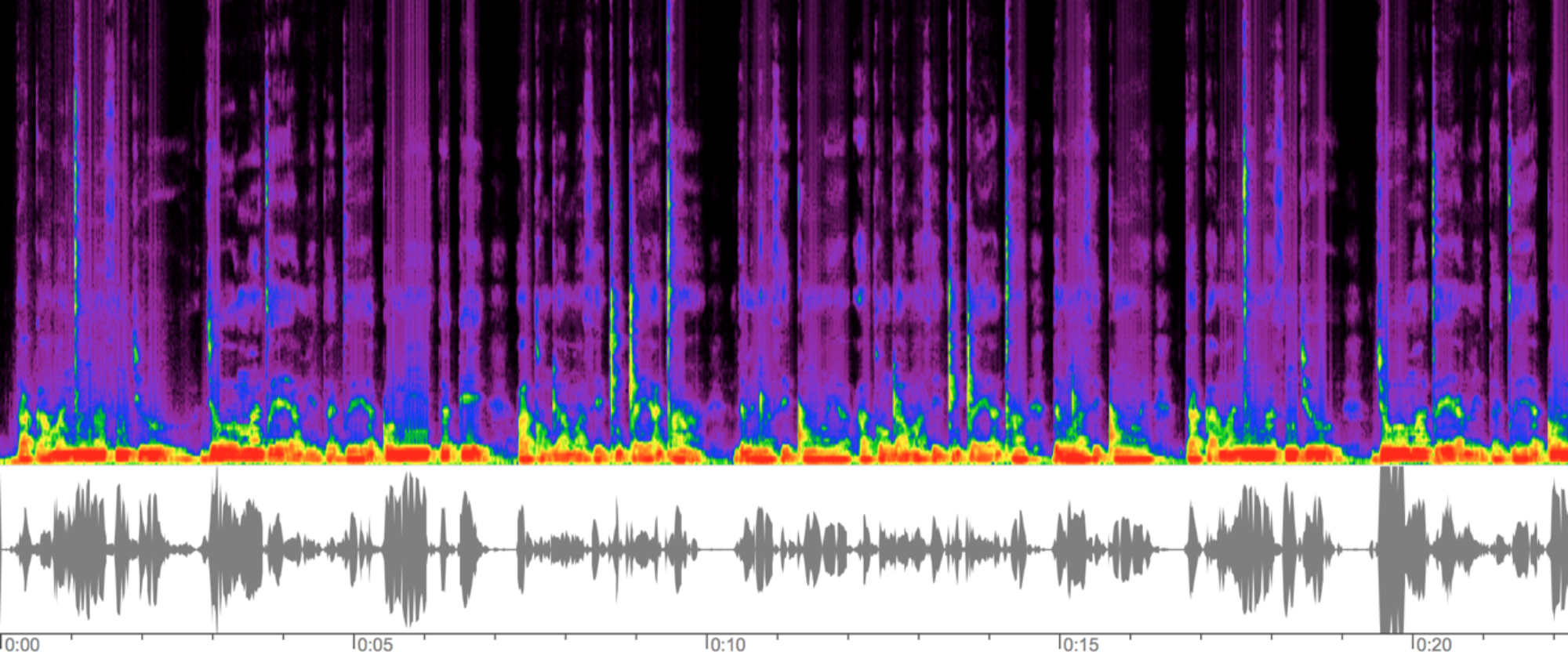01. Preamble.
Over the years I have visited Broken Hill on many occasions, so much so that my recollections inevitably begin to merge and mingle. However, two memories stand out clearly placing my first visit during the year 2000.
This was the year that the Federal government introduced the First Home Owners Grant scheme of $7.000, a scheme that quickly became more of a gift to the seller than to the buyer! But the talk in town was that it was actually possible to purchase a modest property for the grant amount alone—to me this seemed improbable but it turned out to be true.
A second and more striking impression was my surprise and delight at many of the street names; Chloride, Oxide, Zinc, Bromide and so on. I think that I counted 32 streets named after elements and minerals. I learnt that the original survey of Broken Hill was undertaken in 1886; with the streets running parallel to the Line of Lode being assigned numbers whilst streets perpendicular to the line of Lode remained un-named. Gradually mineral names replaced the numbered streets and were later supplemented by the names of town personalities or the names of native flora.
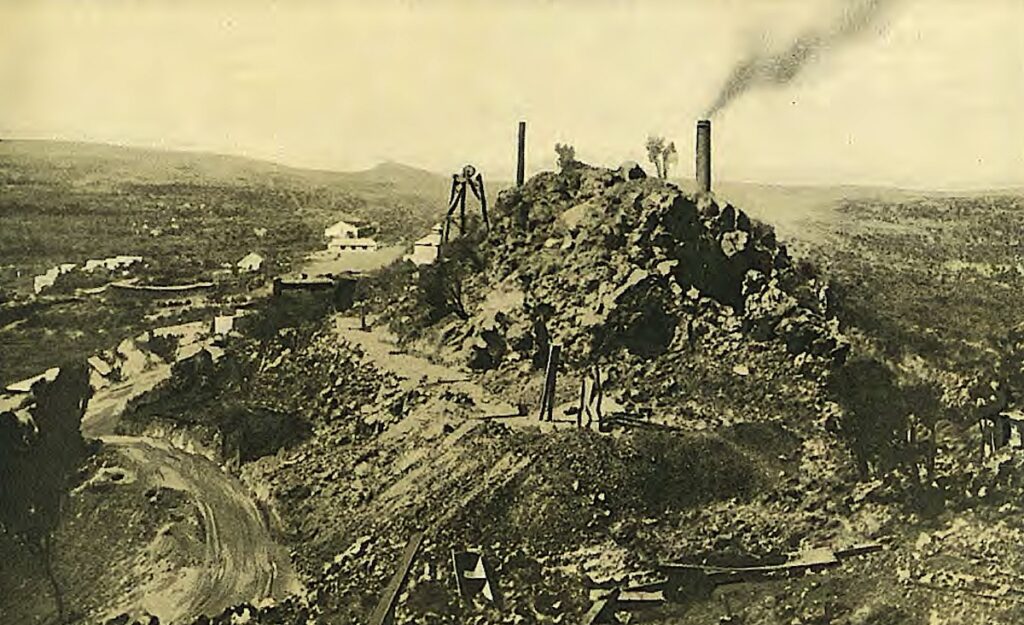
Naming places in such a direct relationship to the principal mining activities of the town struck me as being at once an obvious but also inspired idea—and to me all of the other streets, the Mayors and Shrubs were rather disappointing! Why not, I thought, take the opportunity to completely embrace the identity of the mining town and fuse it with the bare bones of the earth? So here is a modest proposal—a re-orientation to the elements and minerals from which everything is constructed; the minerals that are the life-blood of the town and which are even the building blocks of our own bodies. And so we have “Broken Hill Street Plan-B.” The first City on the planet to pay full homage to the minerals beneath its streets!
02. Hieronymous.
It was, as they say in these parts, a three-dog night, the Boundary Rider broke a few more dry sticks from a fallen branch and poked them into the fire before wrapping his dusty woollen blanket around him to settle in for an uncomfortable night.
The chill faded as he entered yet another landscape, one in which the barren range he now lay in was inscribed with a matrix of surveyors lines. Stretched before him was a future metropolis imposing order on the chaotic jumble of sun-glazed rocks and bone-dry vegetation.

The Boundary Rider strode along these wide streets, described by carefully ruled Indian ink and imagined each rectangular plot as an imposing civic structure—he smiled to himself as if he could see the foundation stone of a Town Hall or perhaps a Bank inscribed with the name Hieronymous Salvator Lopez von Pereira 1883.
The next morning he struck camp, fed his ever-patient horse and rode toward a rocky outcrop that stood black against the morning sun. As he came closer the dark surface revealed a subtle sparkle—and the die was cast.
03. Marnpi the Bronze-winged Dove.
A stone describes an arc through the morning air, clattering into the branches of the Acacia tree. In alarm, the flock launches itself from its overnight roost skimming low and fast over the scrub in a whirr of wing beats. The air is chill, the sky a pristine blue and the ground streaked by long shadows—the Bronzewing flock speeds onward.
Suddenly a matrix of fine lines forms an arc across the horizon, momentarily gridding the sky like a map. Smooth flight becomes impact, bird against net, then bird against ground. Whoops, are followed by the dull thud of wood against fragile flesh as the boy rains his club down upon the entangled birds. Only one of the flock rolls free—she flees into the sky, trailing droplets of blood and broken feathers.
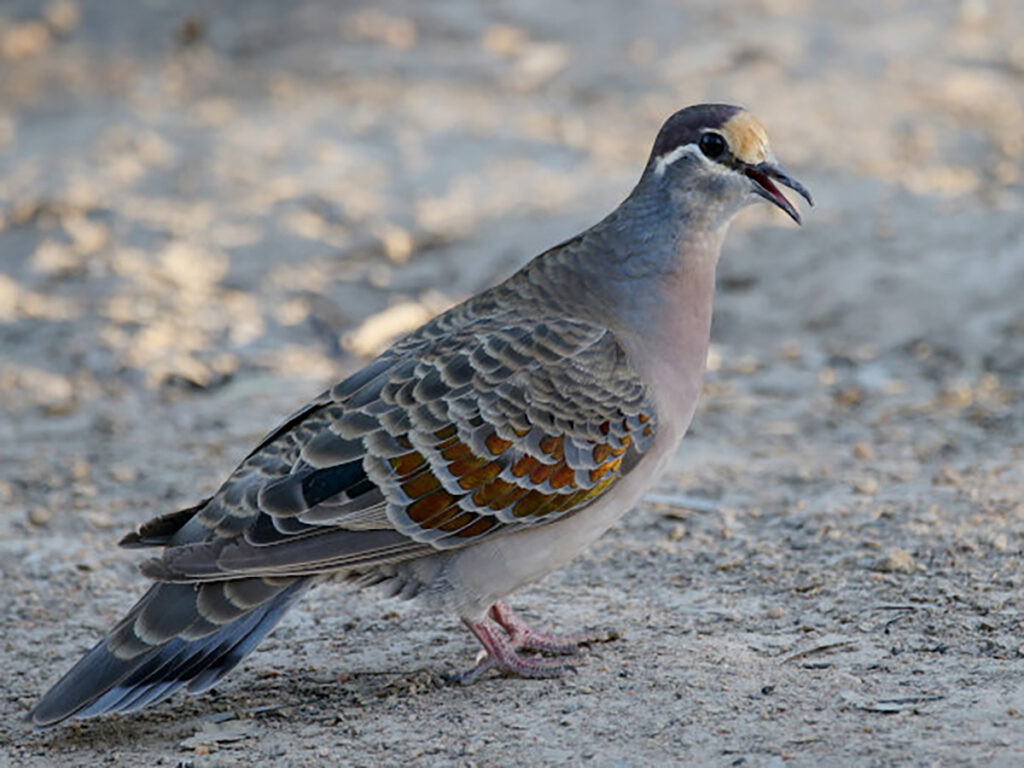
Ahead the sight of ancient mountains draws the wounded bird down—as she rests her gaze falls upon the sparkle of quartz in the time-eroded rocks—they burn with an iridescence that is mirrored by the shimmer of her own damaged wing feathers. She is tired and flutters from one peak to the next—but then launches herself toward a large ridge of jumbled rock where she rests once more. Marnpi looks down at the blood seeping from her wounds—the same colour as the rusty rock surface. She knows the game is up but she musters her energy to fly onward towards the northwest, leaving behind a trail of blood and feathers that will forever mark her final flight across the land.
04. Charles Sturt and the Broken Hill.
Stuart had an eye for rocks and minerals, his was a world of Stony Deserts, of Barrier Ranges and Broken Hills. Sturt, a diligent Government man, noted in his diary of 1884, a range with a ‘broken hill.’
“The rock formation of was of three different kinds. A mixture of lime and clay, a tufaceous deposit, and an apparently recent deposit of soapstone, containing a variety of substances, such as alumina, silica, lime, soda, magnesia, and iron. The ranges on either side of the glen were generally varieties of gneiss and granite, in many of which feldspar predominated, coarse ferruginous sandstone, and a siliceous rock with mammillary hematite and hornblende. These, and a great mixture of iron ores, composed the first or eastern line of Stanley’s Barrier Range.”
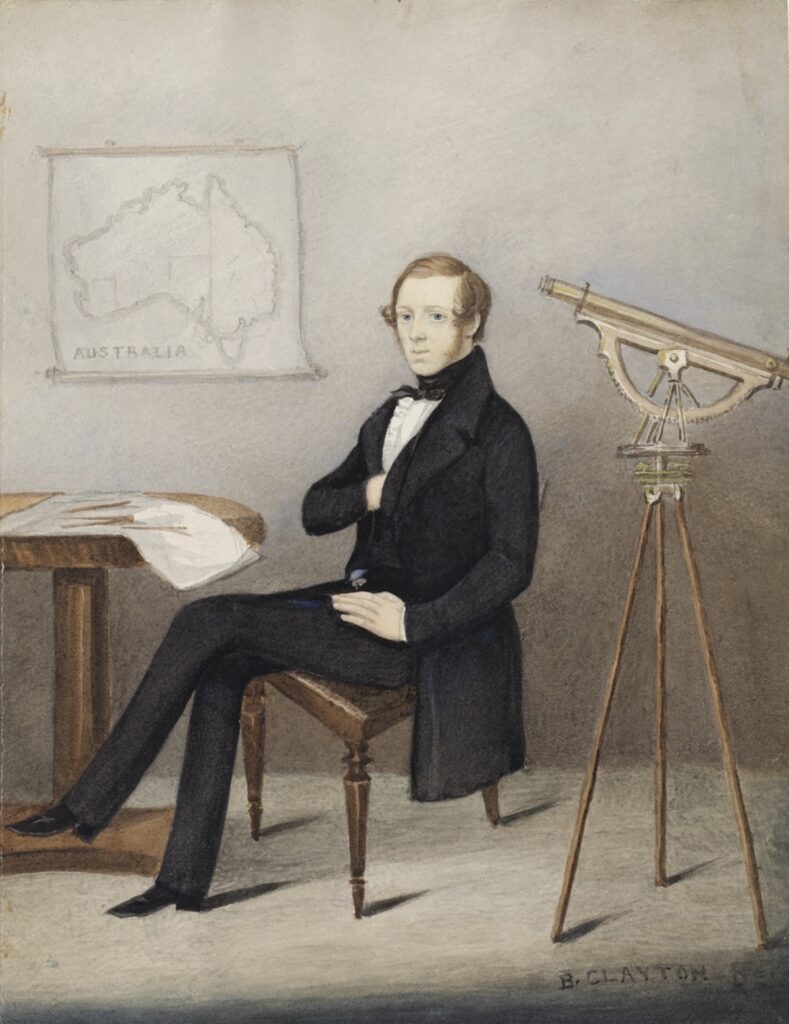
“We stood, as it were, in the centre of barrenness. I feel it impossible, indeed, to describe the scene, familiar as it was to me. The dark and broken line of the Barrier Range lay behind us to the south; eastward the horizon was bounded by the hills I had lately visited, and the only break in the otherwise monotonous colour of the landscape was caused by the plains we had crossed before entering the pine forest.”
Extract from the “Narrative of an Expedition into Central Australia, Performed under the authority of her Majesties Government, during the years 1844, 5 and 6, Together with a notice of the Province of South Australia in 1847. Captain Charles Sturt F.L.S. F.R.G.S.
Sturt carried mineral samples from the ‘broken hill’ all the way back to the Government of South Australia who subsequently mislaid them—it took some forty years before the mineral wealth of the area was recognised from the rafts of White Quartz, which also put a twinkle in the eyes men like Hieronymous Salvator Lopez von Pereira.
05. Einstein’s (Day)Dream.
The young man lifts the glass of black tea to his lips and gazes at the motes of dust that dance in the shaft of sunlight illuminating his cramped office—room 86, on the third floor of the Swiss Federal Office for Intellectual Property, located on the corner of the Speichergasse and the Genfergasse in Bern.
He leaves the Patent application open on his lectern and returns to sit at his desk, placing a saucer on his lap and raising a silver teaspoon above it. He then closes his eyes for a nap, in the knowledge that when he falls into a deep sleep he will drop the spoon and the resulting clatter will wake him—a clever but not patentable technique for taking a short nap!.
As he dozes he sees himself walking towards a vast pit that is terraced like an inverted Tower of Babel. At its centre, a pall of dust rises into the air caused by the shuffling feet of thousands of workers who are burdened by heavy loads, and labour, ant-like, as they spiral slowly upwards toward the rim of the crater. Each back-breaking sack or basket is marked with a symbol; Zn, Cu, Pb, Ag…an entire mineral alphabet!
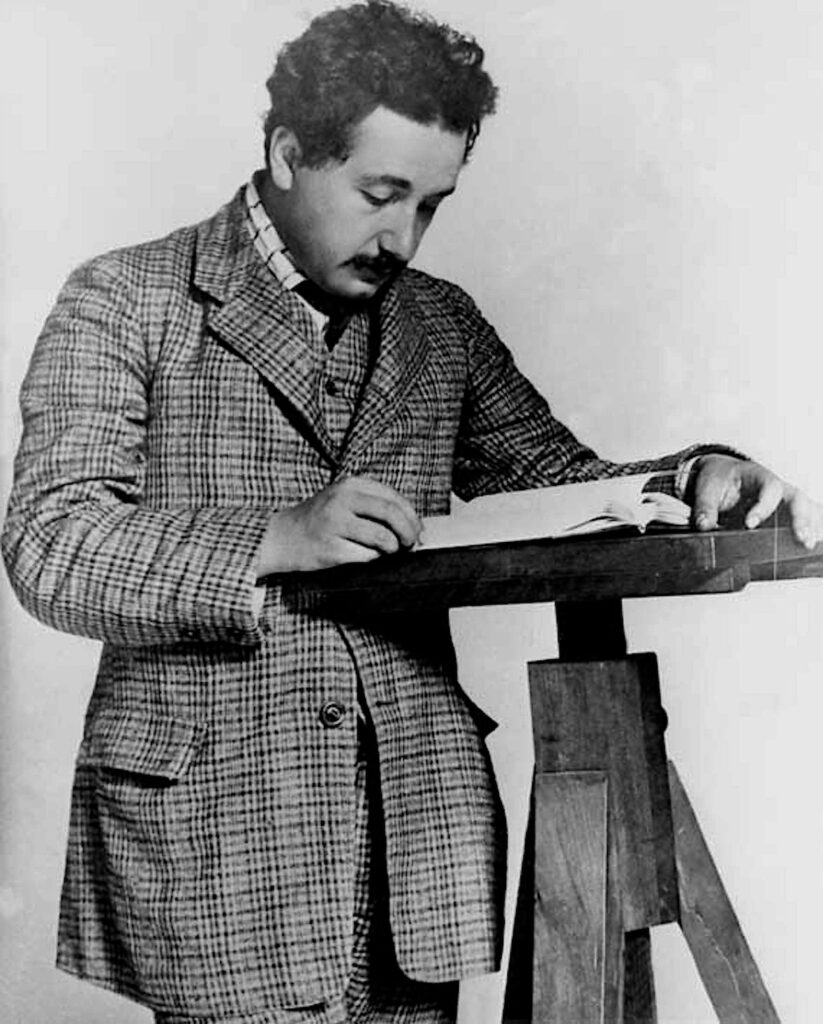
Einstein turns and walks away from the hubbub toward a vast city, laid out with wide avenues and populated by ornate buildings. He strides along Crystal Boulevard, turning left into Bromide Promenade to enter his favourite lunch spot, the Café Louvre on Wolfram Avenue.
The liveried waiter ushers him to his usual table set in a wood-panelled corner that overlooks the busy street and soon returns with a glass of black tea accompanied by a dish of Porcini mushroom spaghetti. As he eats Einstein pulls the stub of a pencil from his waistcoat pocket and scribbles E=MC2 on a paper napkin.
The spoon slips from the sleeper’s hand, landing noisily on the saucer—Einstein starts from his reverie, takes a pencil from his waistcoat pocket and smiling to himself, scribbles E=MC2 on a scrap of paper.
06. The Mineral Body
You are what you eat — In solidarity with the re-branding of the City as proposed by the Broken Hill Street Plan-B project we here consider our own bodily composition.
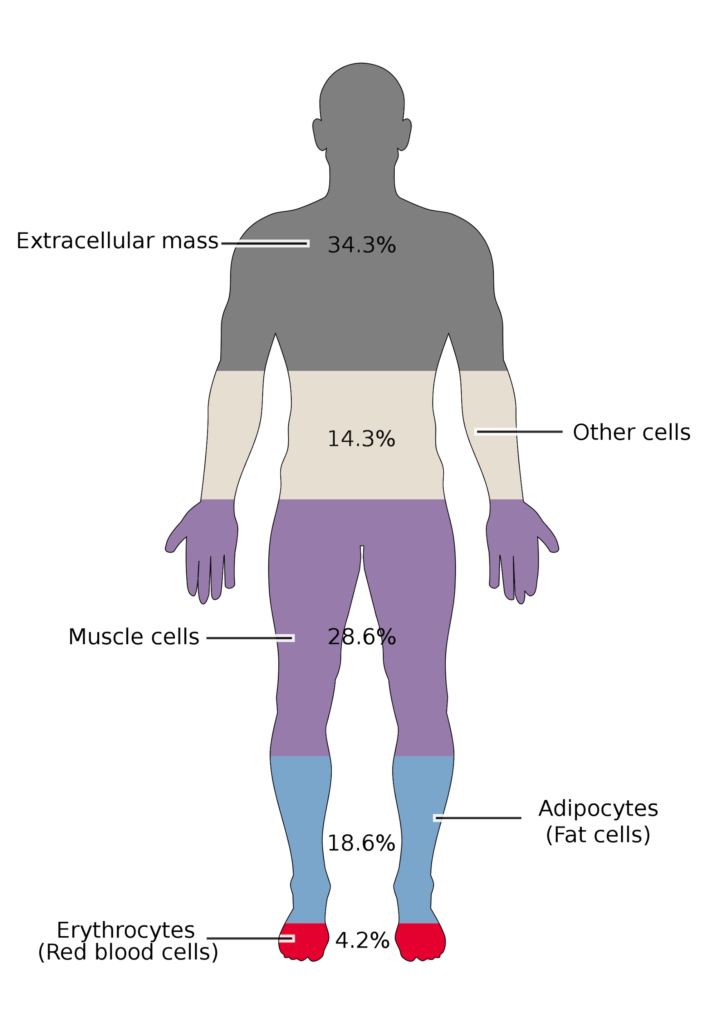
Although we are often referred to as a “Carbon-based life-form” you can see that in reality we are principally composed of Oxygen (65%) followed by Carbon (18%) Hydrogen 10% and Nitrogen (3%). The remaining portion (4%) is made up of some 55 elements in diminishing amounts. The relatively large proportion of Oxygen and Hydrogen in our make-up accounts for the high percentage of water in our bodies (H2O). The average human is some 60% water, with the brain and heart being 73% water; the lungs are approximately 83% water. The skin consists of 64% water; the muscles and kidneys are 79%, and surprisingly even our bones are watery at about 31%.
So get with the programme—and see the world around you in its extraordinary elemental form!
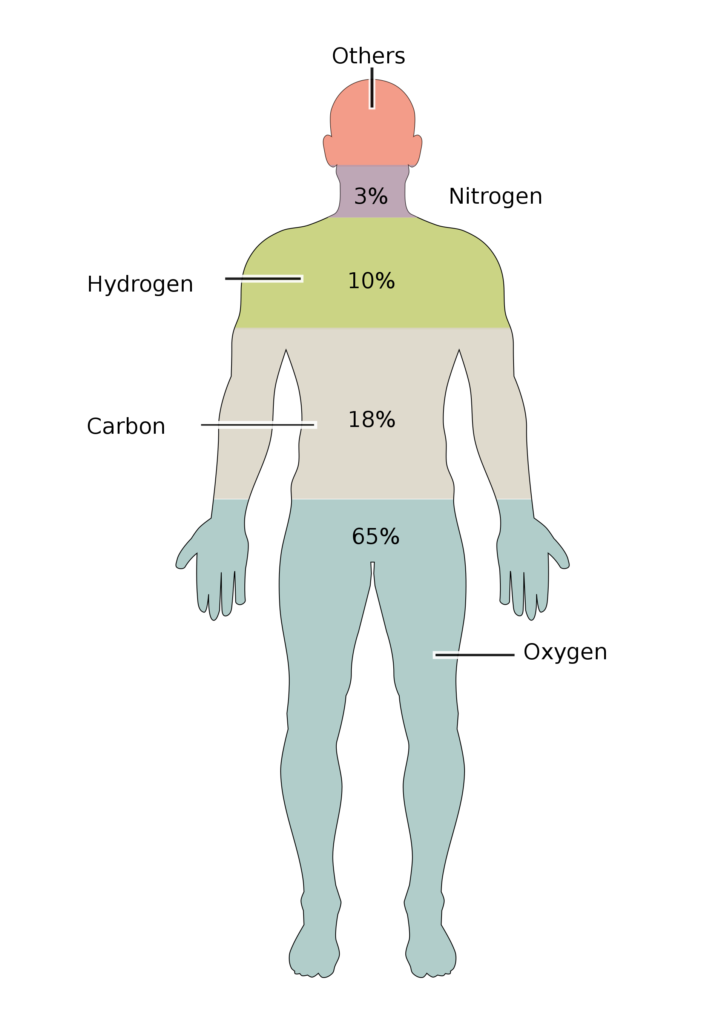
Human chemical components.
| oxygen | 43 kg (61%, 2700 mol) |
| carbon | 16 kg (23%, 1300 mol) |
| hydrogen | 7 kg (10%, 6900 mol) |
| nitrogen | 1.8 kg (2.5%, 129 mol) |
| calcium | 1.0 kg (1.4%, 25 mol) |
| phosphorus | 780 g (1.1%, 25 mol) |
| potassium | 140 g (0.20%, 3.6 mol) |
| sulfur | 140 g (0.20%, 4.4 mol) |
| sodium | 100 g (0.14%, 4.3 mol) |
| chlorine | 95 g (0.14%, 2.7 mol) |
| magnesium | 19 g (0.03%, 0.78 mol) |
| iron | 4.2 g |
| fluorine | 2.6 g |
| zinc | 2.3 g |
| silicon | 1.0 g |
| rubidium | 0.68 g |
| strontium | 0.32 g |
| bromine | 0.26 g |
| lead | 0.12 g |
| copper | 72 mg |
| aluminum | 60 mg |
| cadmium | 50 mg |
| cerium | 40 mg |
| barium | 22 mg |
| iodine | 20 mg |
| tin | 20 mg |
| titanium | 20 mg |
| boron | 18 mg |
| nickel | 15 mg |
| selenium | 15 mg |
| chromium | 14 mg |
| manganese | 12 mg |
| arsenic | 7 mg |
| lithium | 7 mg |
| cesium | 6 mg |
| mercury | 6 mg |
| germanium | 5 mg |
| molybdenum | 5 mg |
| cobalt | 3 mg |
| antimony | 2 mg |
| silver | 2 mg |
| niobium | 1.5 mg |
| zirconium | 1 mg |
| lanthanum | 0.8 mg |
| gallium | 0.7 mg |
| tellurium | 0.7 mg |
| yttrium | 0.6 mg |
| bismuth | 0.5 mg |
| thallium | 0.5 mg |
| indium | 0.4 mg |
| gold | 0.2 mg |
| scandium | 0.2 mg |
| tantalum | 0.2 mg |
| vanadium | 0.11 mg |
| thorium | 0.1 mg |
| uranium | 0.1 mg |
| samarium | 50 µg |
| beryllium | 36 µg |
| tungsten | 20 µg |
